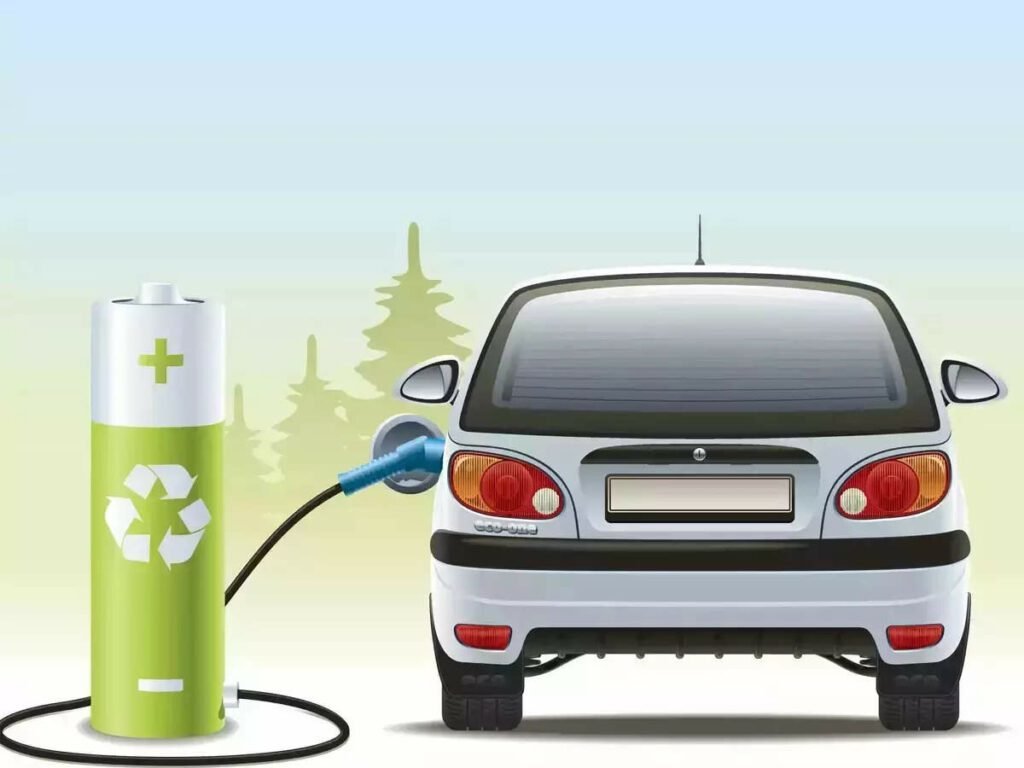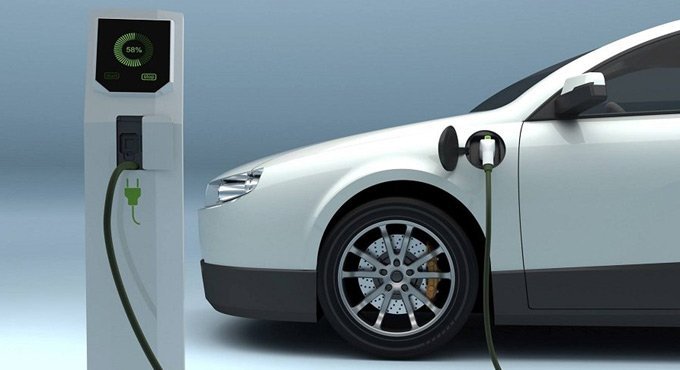In order to encourage the purchase of electric and hybrid vehicles by offering subsidies, the National Electric Mobility Mission launched the Faster Adoption and Manufacturing of Electric Vehicles or the FAME scheme in April 2015. The purpose of subsidies is to level the playing field between vehicles powered by fossil fuels and those with electric motors, encouraging consumers to choose the more environmentally friendly option. Up until 2019, its first phase lasted four years.
Companies may offer a discount of up to 40% on the price of locally produced vehicles and claim it as a government subsidy under the second phase of FAME II, which expires this fiscal year. Beginning in April 2019, FAME II would last until March 2024. The deadline was brought forward from March 2022. For a two-wheeler, the subsidies under this programme could range from 15,000 to 60,000 rupees.
In order for EV manufacturers to qualify for the subsidy under the FAME-II programme, they must locally complete at least 50% of the value addition for an EV, which significantly lowers the end-user price. The goal of FAME II is to support 7,000 electric buses and 1 million electric two-wheelers.
From 2019 on, the centre started providing EV manufacturers with incentives totaling Rs 10,000 crore. These benefits are associated with the localization of vehicles, and the requirements for receiving them have become increasingly strict over time. During FY24, the government intends to distribute Rs 5,000 crore through the FAME II programme.

Controversies are holding up the government’s ambitious FAME scheme, which provides subsidies to support the use of electric vehicles.
Due to allegations that some electric two-wheeler manufacturers had violated the terms of local value addition, the subsidies to those companies had been withheld. Others have been charged with undervaluing the cars so they qualify for subsidies. After an investigation found that Hero Electric and Okinawa had broken the terms of the FAME scheme, the government now claims it is preparing to recover subsidies from the two companies.
The government began to scrutinise companies receiving FAME II subsidies more closely last year after realising that many manufacturers were giving false information. By directing the imports through local businesses in India that added little value, many companies had falsely claimed that imported components came from within the country. Particularly in the market for electric two-wheelers, where the majority of manufacturers were dependent on imports from China, this practise was discovered to be widespread.
The government received complaints that some automakers were disobeying the requirement of 50% local sourcing, and that many others were allegedly charging separately for components like EV chargers and intrinsic software in order to bring down the price of a vehicle to a level where the subsidy cap would be reached.
A number of EV manufacturers, including Hero Electric, Okinawa Revolt Motors, and Ampere Vehicles, received notices from the Ministry of Heavy Industries in October of last year asking them to verify that the majority of the parts used in their cars came from domestic suppliers. It was determined that none of the models offered by Hero Electric or Okinawa qualified for the subsidy.

The distribution of subsidies was slowed down by these complaints. Only after these EV manufacturers submitted the necessary paperwork to support their claims of localization were the subsidies to be reinstated. 12 manufacturers of electric two-wheelers were due a subsidy of Rs 1,100 crore, which the government withheld.
According to the trade group Society of Manufacturers of Electric Vehicles (SMEV), sales of electric two-wheelers in the local market were impacted by the abrupt withholding of more than the Rs 1,200 crore in subsidies that most manufacturers had already passed along to customers under the pretext of a delay in localization. Due to allegations of under-invoicing/mispricing to get around the FAME scheme rules, manufacturers operating in the premium end of the segment are stuck with an additional 400 crore, which is causing problems with working capital.
According to the National Automotive Board website, the subsidy is available to at least 26 manufacturers of electric two-wheelers. According to Sohinder Gill, director-general of the Society of Manufacturers of Electric Vehicles, of these 11, 11 account for more than 90% of the volume.

According to Gill, who is also the CEO of Hero Electric, one of the businesses accused of breaking the rules, all 11 of these are the subject of one investigation or another, and subsidies have been stopped as a result. This has caused overall monthly sales to stagnate rather than grow 20% month over month as was anticipated.
Although incentives like FAME scheme taper off once an industry reaches a certain size, the electric two-wheeler industry is worried about the FAME II scheme’s level of uncertainty. India’s market for electric two-wheelers is still in its infancy and cannot yet handle the end of subsidies.
Imagine the price of an electric scooter suddenly increasing by Rs. 20,000. The government may only implement the next phase if the funds allocated for it are not completely depleted at the end of the current fiscal year, despite industry pressure to extend the incentives provided under the FAME II.
Also Read:


